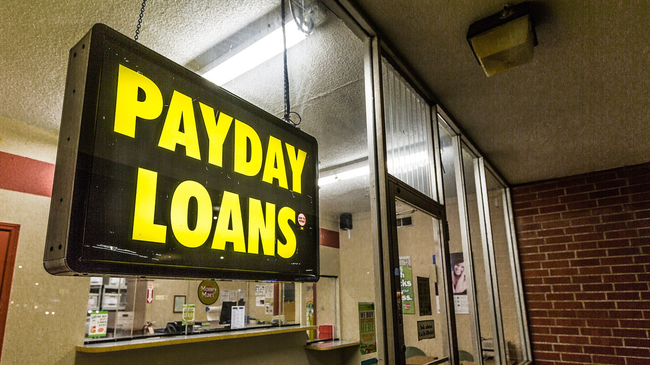Introduction
Pakistan, a nation with deep-rooted traditions and an ever-evolving economic structure, stands as a testament to the fusion of ancient practices and modern innovations in many areas, including its financial sector. As the country journeys from its agrarian roots, moving towards urbanization and technological adoption, the challenges and solutions of its financial landscape reflect these transitions. Within this intricate web, the concept of "payday loans", although not indigenous, has found resonance in recent times. While traditional Western payday loans might not mirror directly in Pakistan, the essence — addressing immediate financial needs through short-term lending — has parallels in the nation's financial history. To understand this phenomenon, it's crucial to first delve into the broader dynamics of Pakistan's lending practices, societal needs, and the gaps that such financial instruments aim to fill.
Historical Framework
Lending and borrowing have roots deep in Pakistan's history. Before the country's banking system's formal establishment, the majority of financial transactions took place through indigenous mechanisms:
Committee System
Similar to chit funds in India, the committee system has been a traditional rotating credit association in Pakistan. Groups of individuals, usually friends or family, pool money every month, and one member takes the collected amount. This process rotates until every member has received the lump sum once.
Local Moneylenders
Informal lenders or 'sahukars' were prevalent, offering credit based on mutual trust or collateral. The absence of formal regulation often led to high interest rates and exploitative practices.
When Payday Loans Emerged
While the traditional concept of payday loans, as known in the West, hasn't been dominant in Pakistan, the need for short-term, quick loans has given rise to various microfinance institutions and fintech platforms since the early 2000s. The increasing mobile and internet penetration in the country has also enabled digital lending platforms to cater to the immediate financial requirements of the urban populace, offering quick solutions without the long procedures of traditional banks.
Advantages and Disadvantages
Advantages
Fast Access to Funds
Quick processing times mean individuals can address financial emergencies promptly.
Less Stringent Criteria
Unlike traditional banks, these loans often have easier approval criteria, reaching a wider audience.
No Collateral
These loans are usually unsecured, eliminating the need for assets as a guarantee.
Disadvantages
Higher Interest Rates
The convenience often comes at a cost, with these loans having higher annualized interest rates.
Potential Debt Cycles
Easy access can lead to over-reliance, trapping individuals in continuous borrowing and repayment cycles.
Lack of Regulation
The absence of a robust regulatory framework can lead to malpractices by some lenders.
Best Practices
Assess Real Need
Borrow only if genuinely necessary, and not as a routine.
Understand the Terms
Thoroughly go through interest rates, charges, and repayment criteria before borrowing.
Plan for Repayment
Always have a strategy in place to repay the borrowed amount on time to avoid added costs.
Research Lenders
Not all lenders are created equal. Choose one with a good reputation and fair terms.
Curiosities
Despite the rise of digital platforms, many in Pakistan still prefer the committee system due to its trust-based, community-centric approach.
Pakistan has seen an increase in female borrowers from microfinance institutions, reflecting a trend of increasing financial independence among women.
Conclusion
In the grand tapestry of Pakistan's financial narrative, the emergence and adaptation of short-term lending mechanisms, reminiscent of payday loans, signal a deeper evolution. This journey, while rooted in age-old customs like the committee system, is also intertwined with the rapid digitization and urbanization the country is experiencing. As with any financial instrument, the duality of opportunity and risk is evident. The convenience and immediacy of such loans come with the inherent dangers of potential over-reliance and debt cycles, making it imperative for regulatory bodies to ensure ethical practices while also educating the masses.
Moreover, as the world becomes increasingly interconnected, Pakistan's financial sector isn't just evolving in isolation. It's part of a larger global conversation about how to best serve the immediate needs of citizens while ensuring long-term financial stability. In the coming years, as fintech advancements continue and consumer awareness grows, the landscape of short-term lending in Pakistan will undoubtedly mature. The challenge and opportunity lie in shaping this evolution in a manner that preserves the country's cultural essence while integrating best practices from around the world. Only with this balance can we ensure that such financial tools truly serve the people, providing relief in times of need without inadvertently leading them into financial quagmires.

